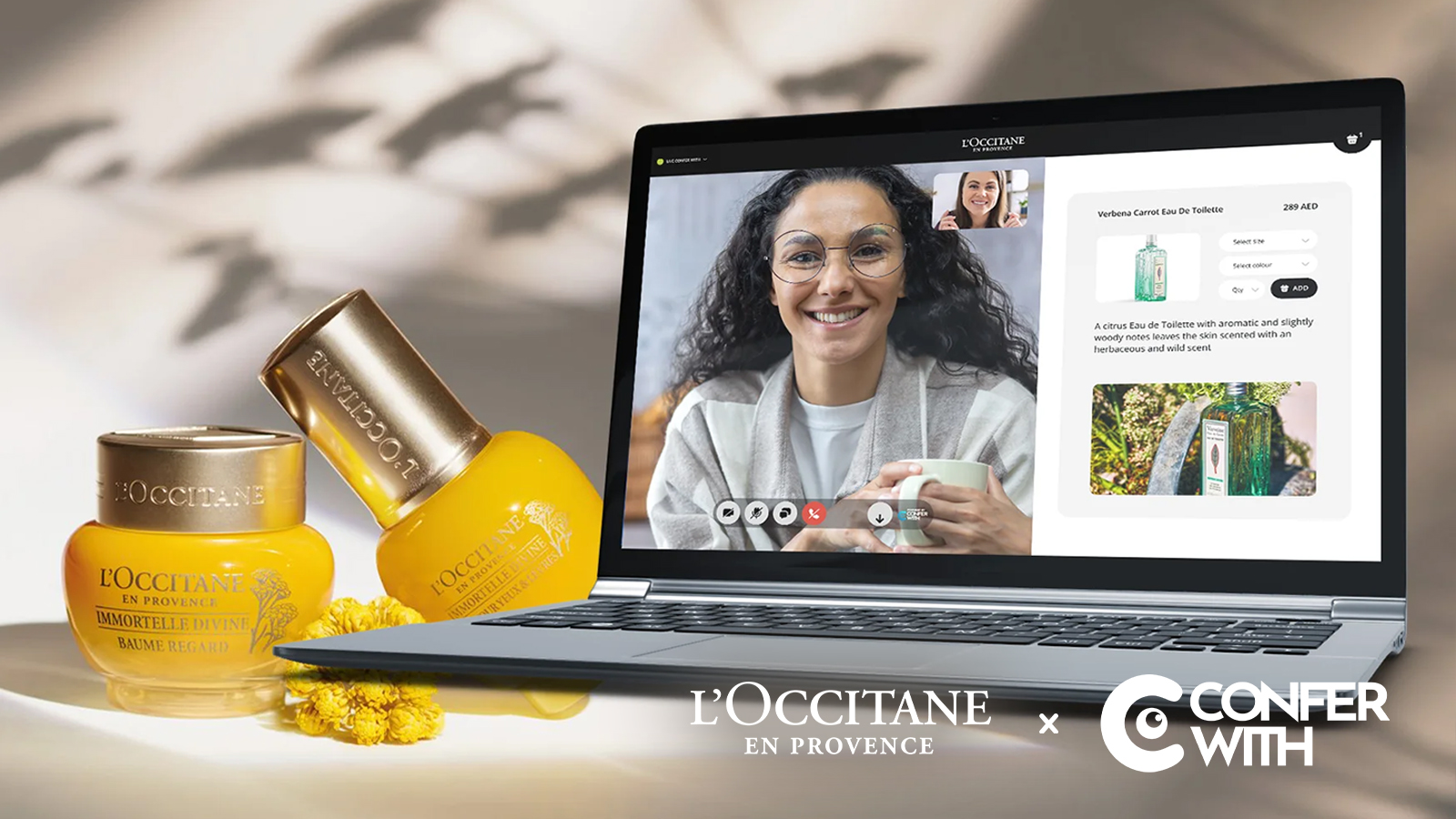Throughout lockdown, online shopping had been the saving grace for many retailers. A year on from the start of the UK lockdown, eCommerce sales accounted for 34.7% of all retailing for March 2021. Meanwhile, there are fewer customers entering brick-and-mortar stores, which has won over those lost consumers online. This has prompted brands to rethink their existing eCommerce system and digitise the shopping experience that wins customers but leads to repeat custom. One technical integration that has been growing in recent years is using conversational commerce as a tool to deliver virtual clienteling services. In this article, we talk more about why it is needed, how it can be implemented, and why it is transforming the way we shop online forever.
Why are messaging apps needed to capture customers?
Conversational commerce is a single channel messaging experience where businesses can interact with their customers to identify, deliver and complete transactions all without leaving the channel. Clienteling, typically used among luxury retailers, involves personalising the customer experience by curating baskets that are hyper personable to their needs and preferences. Technological advancement has now influenced clienteling to be built on data including purchase history to offer a more intimate and relevant shopping journey.
There is now a demand for these two retail tools to meet and deliver an entirely new experience, not necessarily in the luxury retail sector too. In a recent survey, 80% of ‘frequent shoppers’ will only shop with brands who personalise the experience. Additionally, 45% of customers predict digital channels will be their main way of contacting brands in the future. These two figures illustrate the need to provide an immediate service that delivers on personable experiences. Successfully digitising the shopping experience will give brands a head start in the race to offer ultimate seamless shopping experiences, which is expected to be reached by 2030.
Nevertheless, striking a balance between conversational commerce and clienteling limits the capabilities of mainstream retailers. Luxury retail has dominated clienteling for years because they have the resources to deploy highly specialised personal shoppers to sell to big-ticket customers. Mainstream retailers are faced with larger customer bases, cheaper ticket items resulting in tighter profit margins and a lack of resources to deploy large specialised teams to match the demand. That’s why many retailers are now looking to facilitate clienteling services with conversational commerce.

How do you implement conversational clienteling?
The first choice for many is to deploy chatbots across their eCommerce platforms with the number of chatbot interaction rising to 85% by the end of 2021. While chatbots are great for answering pre-set questions and signposting customers, the limited use of AI restricts any personable shopping experiences – unless they are connected to a live agent.
Forward-thinking brands are looking towards how to replicate in-store experiences online and one useful tool to implement conversational commerce and clienteling is leveraging live video technology. The power of introducing a virtual product advisor can see a 30% higher revenue per user than a traditional eCommerce web session. And if utilised well it can create digital dialogue that allows the advisor to:
- Identify needs and wants
- Upsell and cross-sell products
- Build a loyal and high-value customer
- Drive higher conversions and increase average order value
Related Topics:
- What is Live Stream Shopping? Why Should Brands Get Involved?
- How to Deliver a Great Online Customer Experience
Live video shopping also matches the requirements of conversational commerce where it allows:
- One channel transaction: live video shopping can happen in a video call where the advisor can select products, build customer relationships and showcase their inventory catalogue. Once the transaction is complete, the order gets pushed to the eCommerce basket.
- Conversational commerce allows for a level of personalisation. Live video shopping takes it one step further by combining instant chat functions with live video. Of course, the customer can choose to disable audio and video if needs be, but the advisor will always take the centre show.
- Device friendly – the pandemic and the digital revolution has involved the way we shop. Customers enjoy the freedom of switching between mobile, tablet, desktop to instore – experiencing the ultimate omnichannel experience. Live video shopping paired with conversational clienteling can be achieved through all devices, meaning brands can capture customers wherever they are in the world.
Final words
Although many brands are seeking automation with their customer experience, it is important to keep the human element intact. In recent articles we have discussed the growing demand in offering a blended retail experience, whereby a customer’s journey can begin online with a video call and equipping advisors with valuable information to assist them further in-store. Meanwhile, the key brand differentiator fluctuates between price and offering a superior customer experience. Customer expectations post COVID-19 see online customers being connected to in-store staff, creating an opportunity to develop customer loyalty through high-quality service.
This is why when choosing your methods of customer service and delivering personable experiences online, conversational clienteling is an important tool to not only drive sales, but to create a meaningful customer experience that delivers highly curated baskets in an immediate effect.




